Krystyna Ziach
kunstinzicht.nlCategories
ABOUTFluid Time / Krystyna Ziach 2021-2023Krystyna Ziach’s Spaces of Sculptural Imagination, text by Christian Gattinoni, chief editor of lacritique.org 2015Space of Imagination / Krystyna Ziach, book, text by Hans Rooseboom, curator of photography at the Rijksmuseum Amsterdam, 2014 Krystyna Ziach, Marged Disciplines, text by Hans Rooseboom, curator of photography at the Rijksmuseum Amsterdam, 2014Dark Street Revisited, 2013Work of Krystyna Ziach in collection of the Rijksmuseum Amsterdam, 2012Ephemeral Library 2010-2018Into the Void 2010-2017Inner Eye / Krystyna Ziach, by Joanne Dijkman, 2008Infinity & Archê/ Krystyna Ziach, book, text by Flor Bex, director of the Museum of Contemporary Art, Muhka Antwerp, 2006The Elements of Existence / Krystyna Ziach - ARCHÊ, by Cees Strauss, 1996Archê - The Ambivalence of Water and Fire / Krystyna Ziach, by Mirelle Thijsen, 1996Krystyna Ziach - Where Emotion Meets Reason, by Cees Straus, 1994Krystyna Ziach, text by Reinhold Misselbeck, curator of photography & new media of the Ludwig Museum, Cologne, 1994A Garden of Illusion / Krystyna Ziach, 1993, text by Iris Dik,Outer Space / Krystyna Ziach, text by Alexandra Noble, curator of the South Bank Centre London, 1991Melancholy / Krystyna Ziach - Drama Between Ratio and Emotion, text by Mirelle Thijsen, 1990Japan / Krystyna Ziach, by H. Dalitz, a former director of the Foundation of Visual Arts Amsterdam, 1988Krystyna Ziach / Metamorphosis, text by Gabriel Bauret, Camera International, 1986, Paris
The symbolic imagery of Krystyna Ziach
text by Florent Bex
In our current consumer society images are omnipresent, but they are trifled with.Their communication value is reduced to primary messages.The images are mostly used to manipulate consumer behaviour, or to give us the illusion that all sorts of meanings are hiding behind the visually ephemeral image.
This book not only offers an engaging selection of Krystyna Ziach’s photographic body of work, but also leads us into a world of symbolic imagery. Images that are to a large extent timeless and universal, because they result from the human imagination looking for sense and meaning in the phenomena of the world and the universe.
A symbol is always twofold, because it consists of an intelligible and recognizable aspect and an underlying invisible dimension. The unknown, which lies hidden behind the known, may only be approached intuitively and will never clearly and completely relinquish itself. A symbol remains effective as long as it is laden with hidden meanings, as long as it remains suggestive, the symbol playing a mediating role between matter and mind, between nature and culture.
The magic of symbolic images lies in the fact that they tell more than they show and especially in that they link up concepts that are often bipolar, such as heaven-earth, space-time, real-unreal, immanent-transcendent. The symbol moves away what is near and brings closer what is distant. In the photo series Infinity Krystyna Ziach shows us that the symbol functions in the first place for the individual, or for a specific collective which identifies with it. Thus the symbol has a unifying and social function. The Shinto temples, the Secret Rooms, with their surreal play of light and darkness, the nature created with astounding care by humans in the Imperial Gardens, they illustrate fundamental aspects of Japanese culture. A culture with an eye for order and harmony, always in an intimate relationship with nature that refers to the bond between heaven and earth, to the permanent interaction between the divine and the human. There is the sense of repetition in the infinite sequence of gates, or in the accumulation of thousands of Buddha statuettes which tell us that there is a potential Buddha hiding in each of us.
Water and fire, together with wind and earth, are the four basic elements contained in all aspects of life. In many cultures we find the symbolic meaning of water, materia prima, as the source of life, as a means for cleansing and as an element of rebirth and revival. Water also stands for spiritual, immaterial life and hence for eternity and immortality. In all cleansing rituals water has a sacred meaning, it erases the past and makes new life possible.
Fire always goes together with water in an antagonistic way, both having connotations of cleansing and recovery, but fire also standing for light and by extension for spiritual enlightenment, passion and love. Water is an essential element in the photo series Archê and Aqua Obscura. The major difference with the previous photos is that these are by no means existing or found situations, but very personal mise-en-scènes created by the artist. Droplets of water on body parts and especially the water flowing over the face, spring from direct personal experience and observation, seized however by the imagination and thus changing into metaphorically laden representations which simultaneously reveal and hide. The face is the seat of all senses, but the eyes are closed. It is as if the intimate self only wants to be known surreptitiously and not to relinquish its deepest secrets. The face as a mystery, a gateway to the invisible, an obfuscated reflection of the inner intuitiveness.
In Aqua Obscura the streaming, clear and transparent water is replaced by the stagnant water of a pond, soiled by floating seeds and waiting for new life, and photo portraits from the past. It seems a pool of oblivion into which the effigies of loved ones are doomed to disappear. These are the waters of death, yet temporarily, just for a bit, it is a place of remembrance.
Krystyna Ziach offers us images which again and again evade rational explanation. They neither give unambiguous, nor conclusive answers, but ask to be continually reinterpreted. These are images of all times, which create an unavoidable interaction between the universal and the individual by appealing to our personal imagination.
Images which refer to the inscrutable and the inexplicable, to suppressed desires, to man who, in his daily emotional experience of the world, is eternally in search of the existential meaning of life. Images which seem to offer themselves in a mediating role between mind and matter, nature and culture, the conscious and the subconscious, between dream and reality.
Simultaneously recognizable and alienating, they remind us of ephemeral brevity and inescapable transience. But, in the tranquil vulnerability and the melancholically poetic, the wonderment remains unassailably active.
Translation Hanny Keulers
This book has been included a.o.in : Rijksmuseum Amsterdam, Stedelijk Museum Amsterdam, Koninglijke Bibliotheek The Hague, RKD Netherlands Institute for Art History The Hague, Bibliothèque Kandinsky-Centre Pompidou Paris FR, Institut National d'histoire de l'art Paris FR, Musée du Quai Branly Paris FR, MuHKA Antwerp BE, and others.
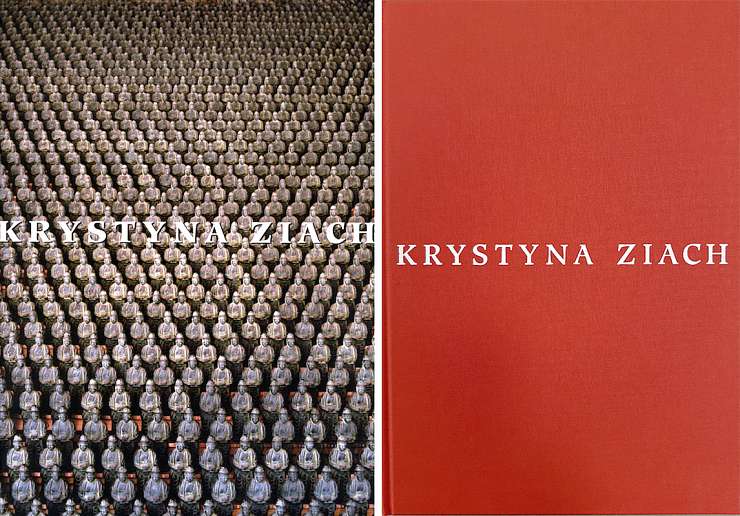
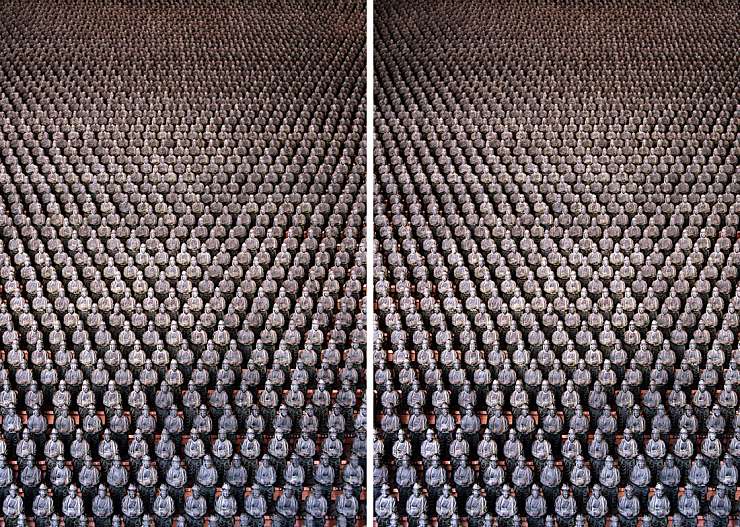
Diptych, lambda-prints, 180 x 240 cm
Infinity 2002-2003
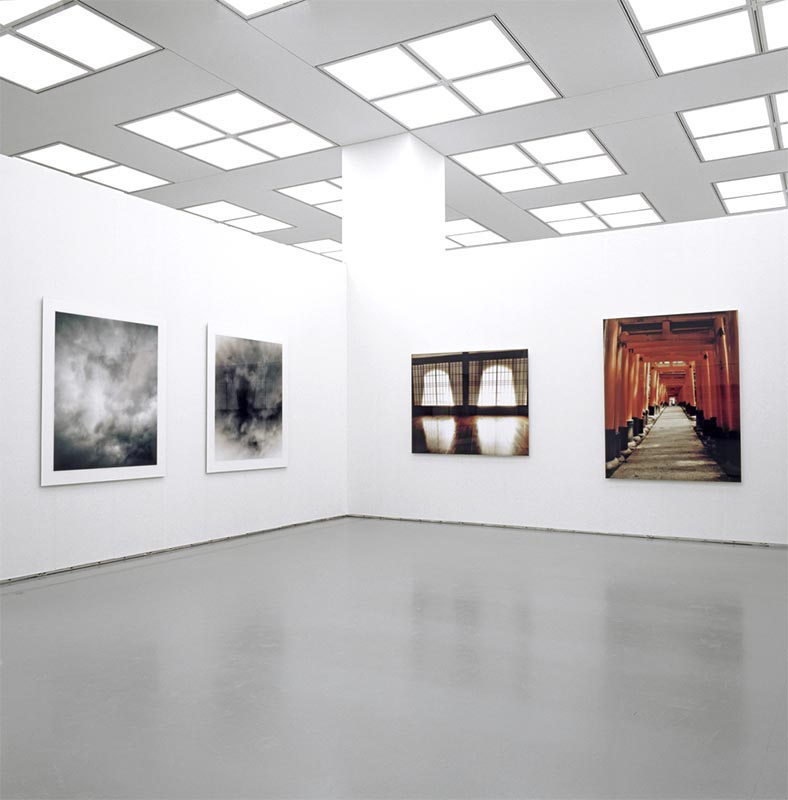
Works from Infinity 2002-2003
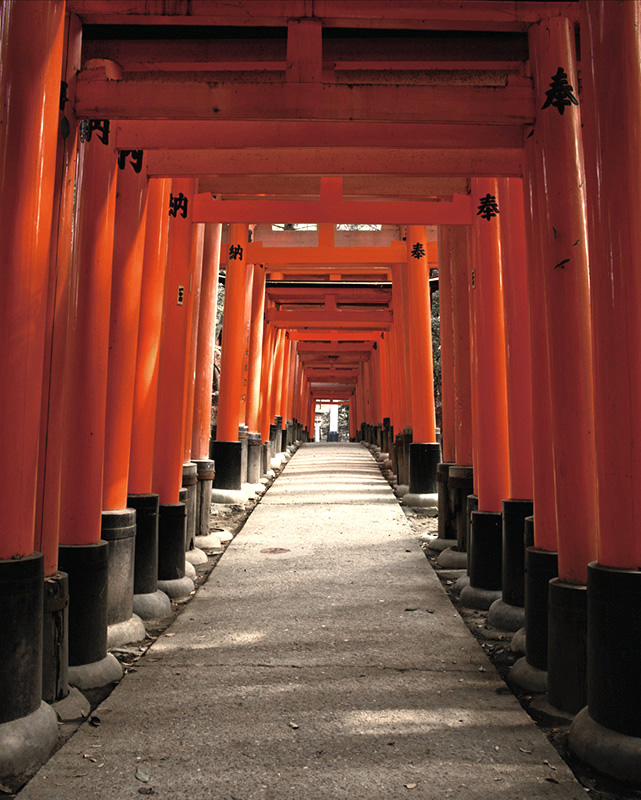
lambda-print, 150 x 120 cm
Infinity 2002-2003
Collections : Rabobank NL
AMC Amsterdam NL
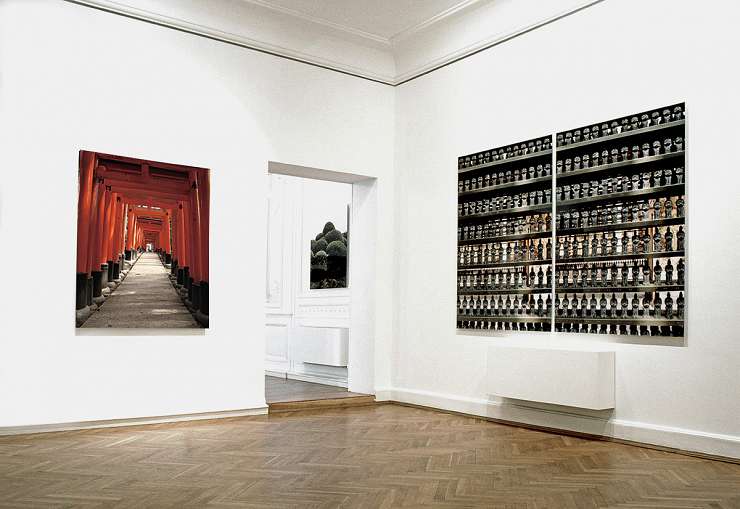
Photoquai Paris, Institut Polonais, 2007-2008
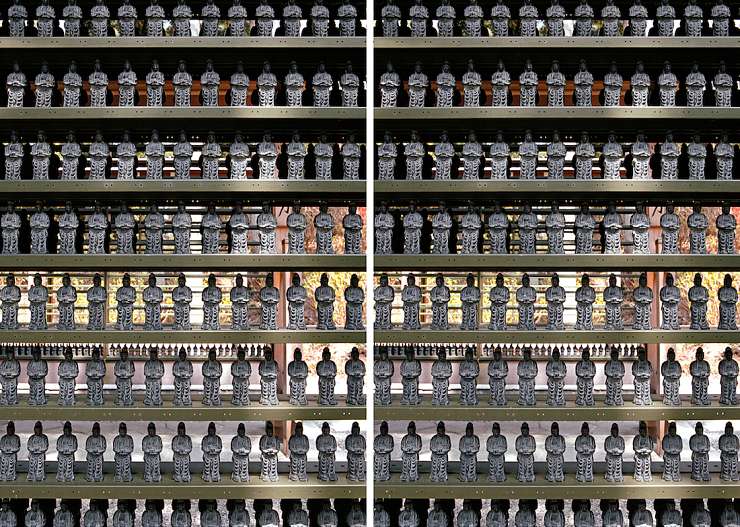
Diptych, lambda-prints, 180 x 240 cm
Infinity 2002-2003